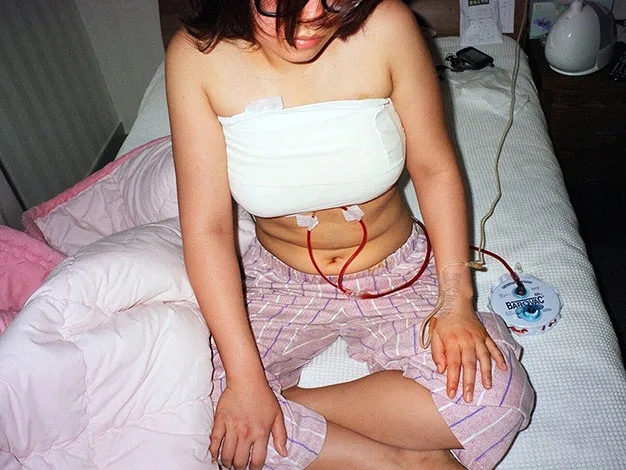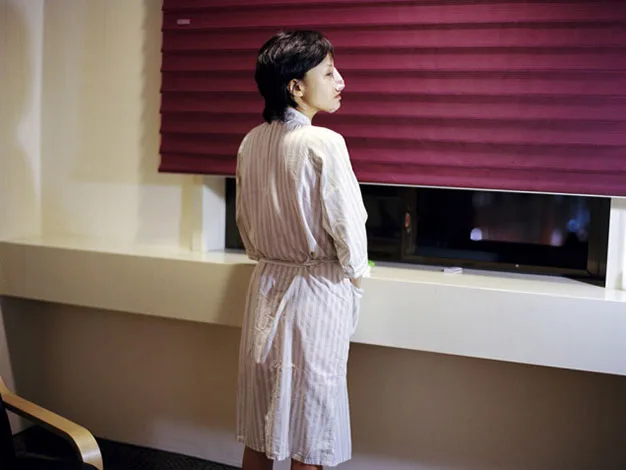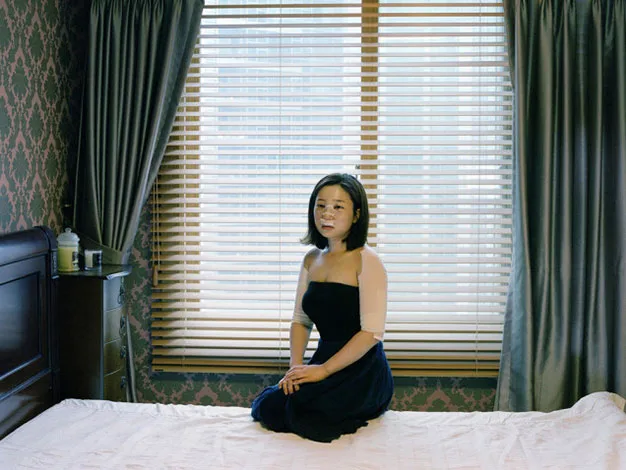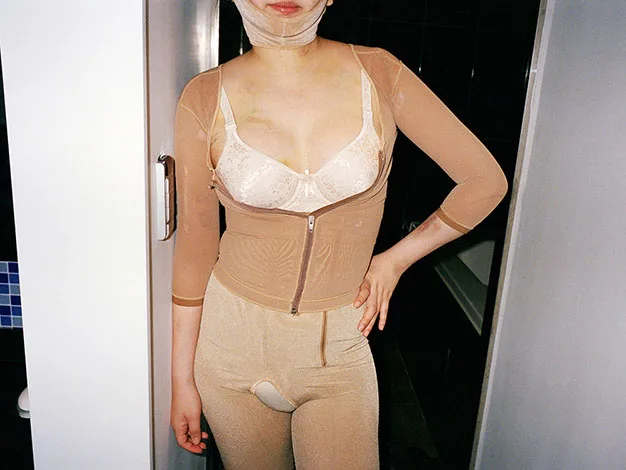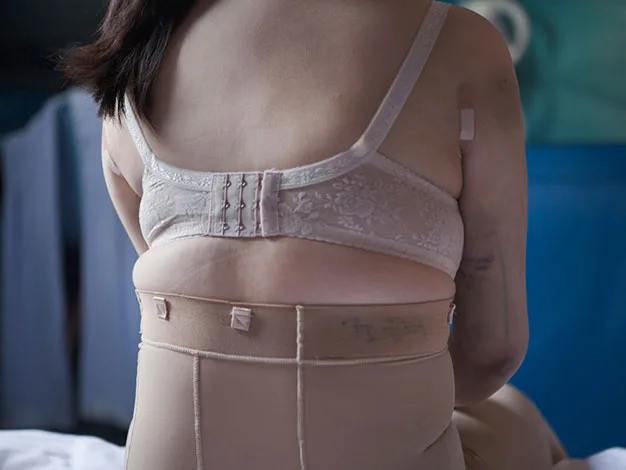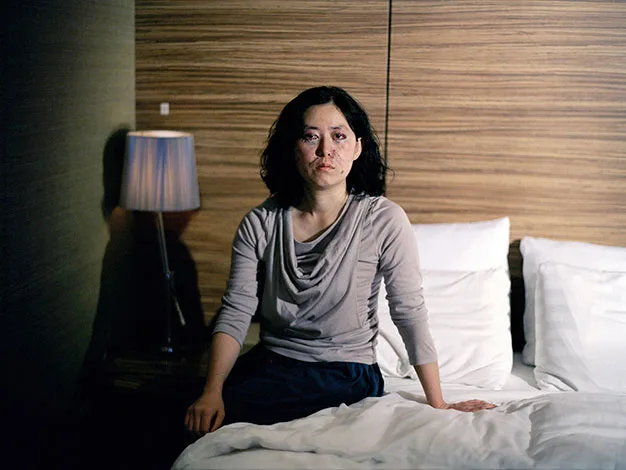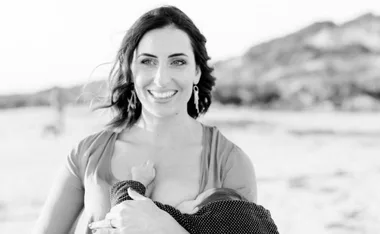Show your partner how much you care with these simple, romantic gestures from Sabrina Rogers-Anderson, author of A Fantastic Sex Life… and How to Get it!
The excited tingling you feel in the pit of your stomach at the beginning of a relationship inevitably starts to fade when you’ve been with someone for a while, but that doesn’t mean you should throw your hands up in the air and give up on romance entirely! Here are 10 small ways to let him know he’s still your number one.
Hide love notes for him
Write a series of little love notes and hide them around the house for him to find when you’re out. You can also place them in his briefcase or his pockets so he’ll discover them throughout the day while he’s at work.
Cook his favourite meal
Turn an ordinary night into a special one by preparing his favourite foods, lighting candles and putting on some nice music. It’s sure to beat takeaway on the sofa when it comes to raising the romance stakes.
Make him a modern mixtape
Create a playlist of meaningful songs and put it on his iPod or in his Spotify account. They can include tunes that remind you of places you’ve travelled to together, songs that played at your wedding, new hits you’ve both been humming and anything else you know he’ll love.
Recreate your first date
Book a table at the restaurant where you exchanged shy glances over appetisers or surprise him with a trip to the bowling alley he took you to on that very first night. Re-living the first moments of your relationship is sure to reignite the flame.
Send him a sweet (or sexy!) text
Text him those three little words (“I love you”, not “Mexican for dinner”!) in the middle of the day to bring a smile to his face. Or tell him how sexy he looked that morning and that you can’t wait to get your hands on him when he gets home.
Compliment him in front of other people
Next time you’re hanging out with friends or family, mention one of his recent work accomplishments or the great job he did renovating your bathroom. He’ll get an instant feel-good boost from hearing you sing his praises to others.
Do a chore he hates
Nothing says “I love you” like a closet full of ironed shirts or a pile of clean dishes when it was his turn to do them. No, really – housework can be romantic!
Hug him for no reason
Small signs affection tend to fly out the window in long-term relationships, so show him you care by giving him a big hug when he gets home from work. Kissing and holding hands are other great ways to keep the passion alive.
Give him an unexpected gift
You don’t have to spend big bucks to make him happy. A cover for his phone to replace the one he broke or a new T-shirt for the gym show him you pay attention to his needs and think about him when he’s not around.
Get all dolled up
It’s easy to become lazy after a while and slip into the same old stained tracky dacks, night after night. Surprise him by dressing up and doing your hair and makeup – even if it’s just for a casual dinner at your local pub or a nice meal at home.
Ask him about his day
Everyone likes to feel listened to and valued – even men who often act like they don’t care. When he gets home from work, ask him how his day went and focus on him while he’s talking. He might not realise why he feels so wonderful, but he will.
This feature is brought to you by the makers of Panadol




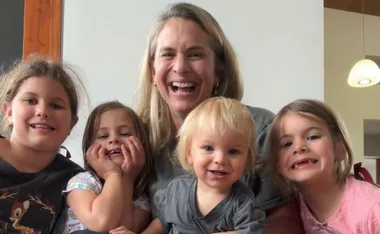
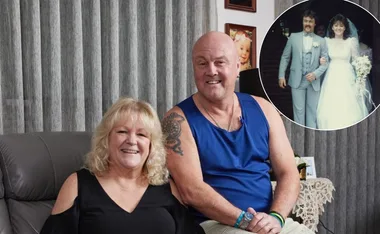



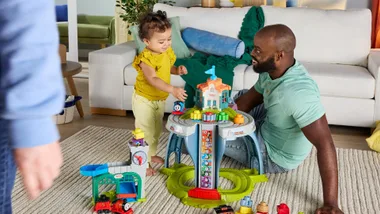


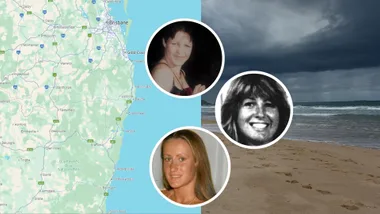


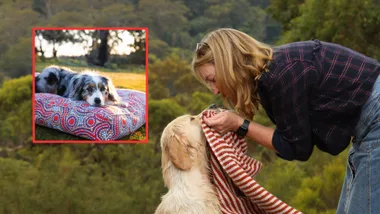



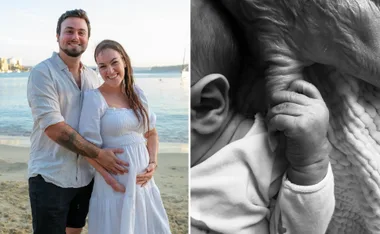

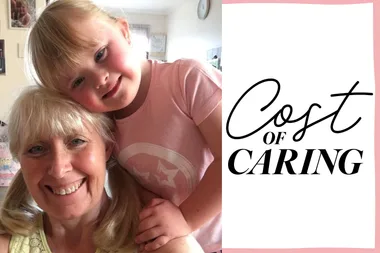




















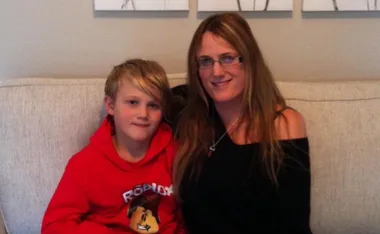



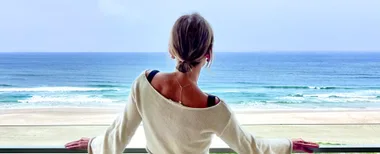
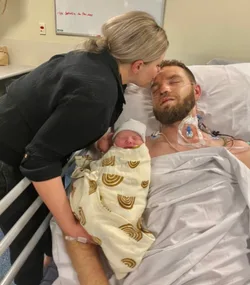
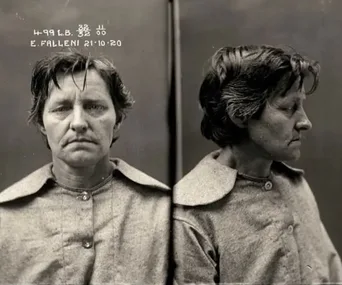
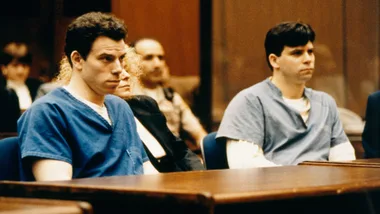


































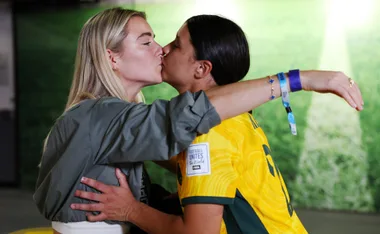





.png?resize=380%2C285)
.jpg?resize=380%2C285)


